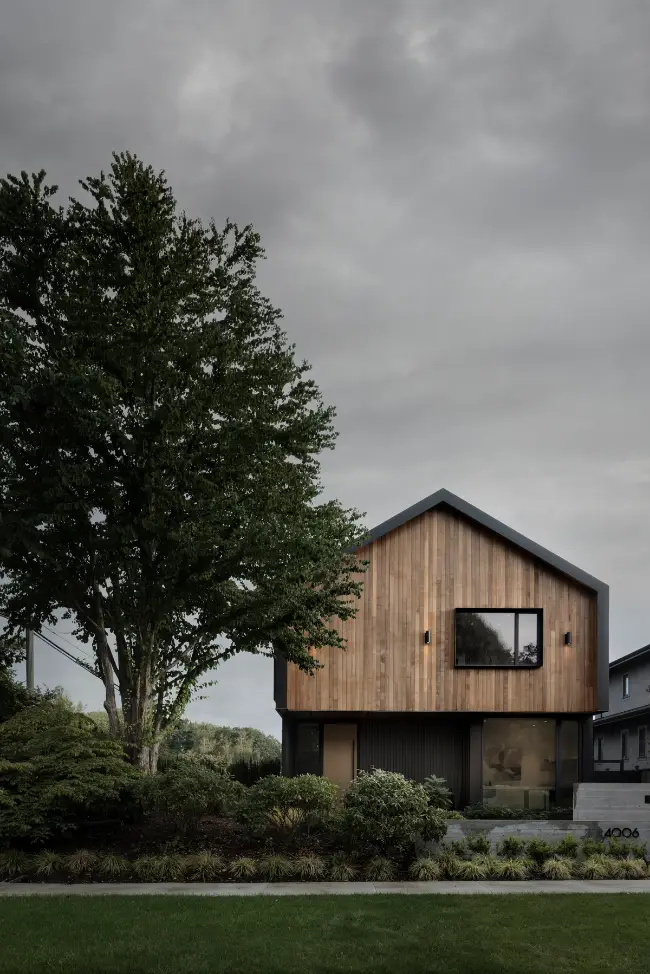
Understanding Tree Diseases and Pests: An Australian Homeowner’s Guide
Australia’s natural beauty never fails to astound, and a big part of that is our diverse range of spectacular trees. However, as homeowners, we need to be vigilant. There’s a wide variety of tree diseases and common pests in Australia that can cause headaches, not to mention potentially ruin your beautiful landscape.
This article aims to provide a comprehensive guide on identifying common tree diseases, understanding how pests can impact your trees, popular treatment methods, and ultimately maintaining a healthy environment for your trees.
Identifying Common Tree Diseases in Australia
Recognising and diagnosing tree diseases is an essential part of maintaining a healthy garden or landscape. In Australia, some diseases are more common than others and have a higher potential for causing significant damage to native and non-native species alike. Here are some details on the most frequently encountered tree diseases in the region:
Phytophthora Root Rot
This is a soil-borne disease caused by the Phytophthora fungus. Often affecting plants that are waterlogged or inadequately drained, it leads to symptoms like wilting, yellowing, and in some cases, the death of the plant. It can affect a wide range of tree species, making it a significant concern for arborists and homeowners.
Armillaria Root Rot
Also known as “oak root fungus,” this disease is particularly destructive. It attacks the roots of the tree, progressively weakening the plant and often leading to its demise. This root rot can spread quickly in a garden or forest, posing a substantial risk to adjacent trees. It’s vital to identify this disease early to prevent its spread.
Anthracnose
This fungal disease mainly affects deciduous trees. Symptoms include brown or black blotches on leaves, premature leaf drop, and twig dieback. The disease thrives in warm, wet conditions and can be especially problematic in spring.
Consequences of Ignoring Tree Diseases
Ignoring these diseases can lead to numerous issues, such as:
- A stressed and weakened tree that is more susceptible to other diseases and pests.
- Potential for falling branches, causing property damage or even harm to people and pets.
- The disease can spread to other nearby plants and trees, affecting the overall health of your landscape.
Prevention Measures
Proper tree care can go a long way in preventing these diseases. This includes ensuring good soil drainage, appropriate watering, and using disease-resistant plant varieties. Professional treatment may involve soil fumigants, fungicides, or even removal of severely infected trees to prevent disease spread.
Understanding How Pests Impact Your Trees
Pests can be just as damaging to trees as diseases, and in some cases, they are the carriers of diseases. Here’s more on some common tree-damaging pests found in Australia:
Longicorn Beetle
This wood-boring beetle is known for causing significant structural damage to trees. The larvae burrow deep into the wood, weakening the tree and making it susceptible to diseases and other pests. They are particularly harmful to stressed or sick trees.
Christmas Beetle
These beetles are known for their voracious appetite for leaves, especially eucalyptus. They can defoliate a tree rapidly, making it vulnerable to diseases and other issues. Their feeding season often peaks around Christmas, hence the name.
Cossid Moth
The larvae of this moth species can cause considerable damage by boring into the trunks of trees. This not only weakens the tree but can also lead to secondary infections.
Warning Signs
- Chewed, torn, or missing leaves
- Visible larvae or adult insects on the tree
- Holes or notches in leaves or bark
- Unexplained wilting or dieback of branches
Risks of Ignoring Pests
- Structural weakening of the tree, increasing the risk of branches falling.
- Prolonged infestation can lead to tree death.
- Pests can act as vectors for diseases, making the tree sick and affecting other trees in the vicinity.
Managing Pests
Effective pest management involves a variety of strategies, including regular inspections, use of natural predators, and, when necessary, chemical treatments. Consult an arborist or pest control expert to develop a customized approach based on the specific pests you are dealing with.
By better understanding these diseases and pests, you can take more proactive measures in caring for your trees, ultimately helping to ensure a healthier, more resilient landscape.
Local Support and Resources for Australian Homeowners
Many local governments provide support, like subsidised tree care services or educational resources, to help homeowners combat tree diseases and pests. Community groups are also a treasure trove of local knowledge and assistance. These resources can be used effectively to tackle tree issues head on.
Conclusion
In a nutshell, tree health is an aspect that shouldn’t be overlooked by Australian homeowners. Not only for the sake of the tree’s wellbeing but for the potential effect on property value. So, don’t wait until the proverbial cows come home to pay attention to trees in your yard. Utilise available resources at the first sign of disease or pest infestation, and show your trees a little TLC. Remember, a stitch in time saves nine!



